
Cheers to That: Software Helps Recover Stolen Pop-Up Bar
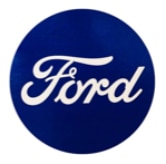
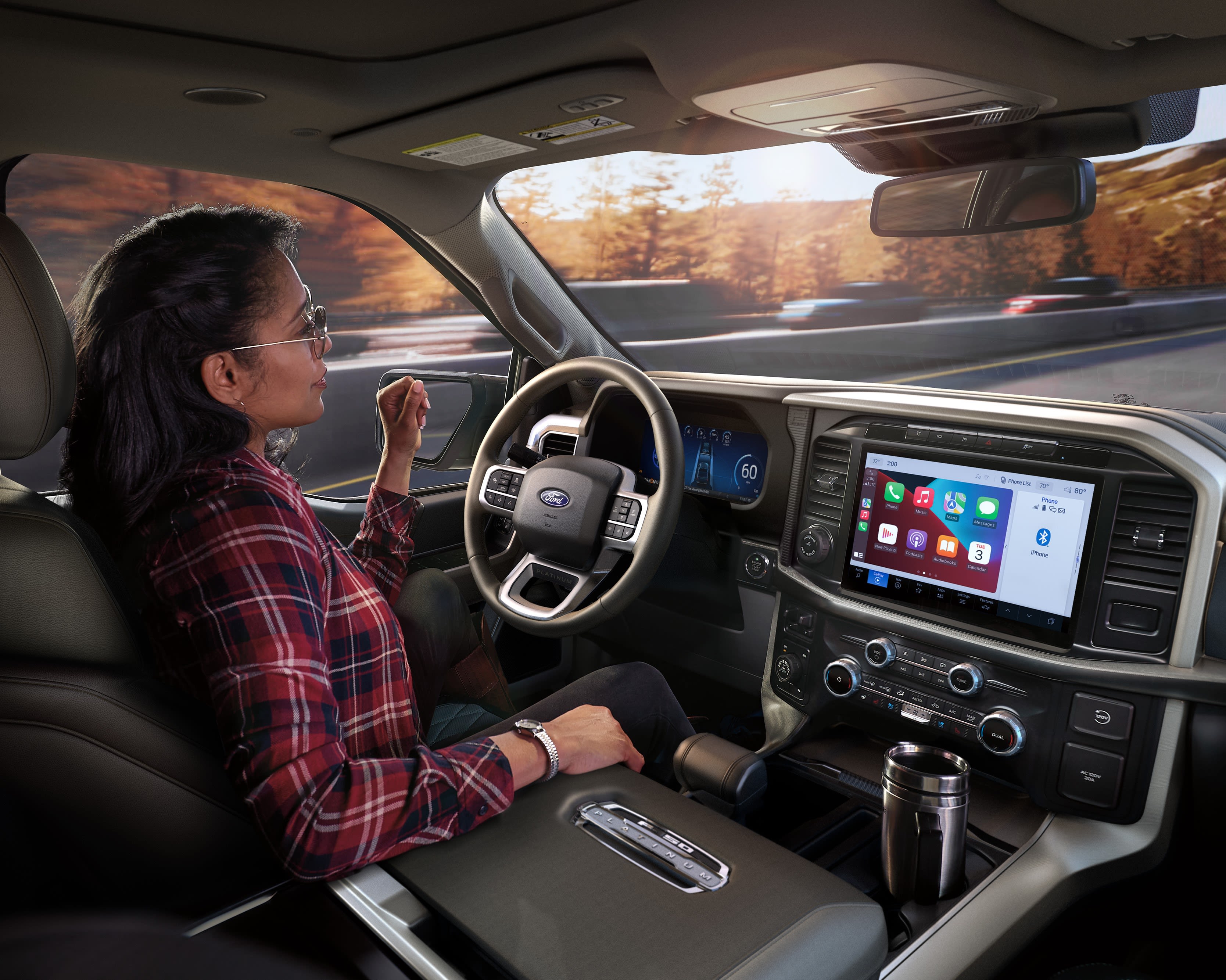

As Ford’s chief EV, digital and design officer, I have the privilege of leading the company’s efforts to deliver modern digital experiences to our customers. My team does everything from building the underlying electrical and digital platforms that power our vehicles to creating an in-car environment designed to delight customers and improve the Ford ownership experience. These systems also deliver services and features for our commercial vehicle customers that keep vehicles on the road and help reduce running costs.
In today’s automobiles, software is the single biggest lever in advancing a customer’s ownership experience. Putting software in cars isn’t new—fuel injection in the 1970s and 1980s was powered by simple electronic control units (ECUs) with a few lines of code. Today, vehicle software deployment has exponentially more reach. We can deliver a finished product with amazing features, like BlueCruise, while also covering the basics, like monitoring your vehicle’s health. And Ford is an industry leader in software-powered over-the-air (OTA) updates. These updates continue improving customers’ vehicles long after they leave the dealer lot.
Since rejoining Ford in 2021, my team has been focused on getting the latest and best tech solutions to every customer. And electrical architectures are the skeletons we build software experiences on. That’s why our next generations of electrical and software architectures must be available across all our product lines, reaching as many customers as possible.
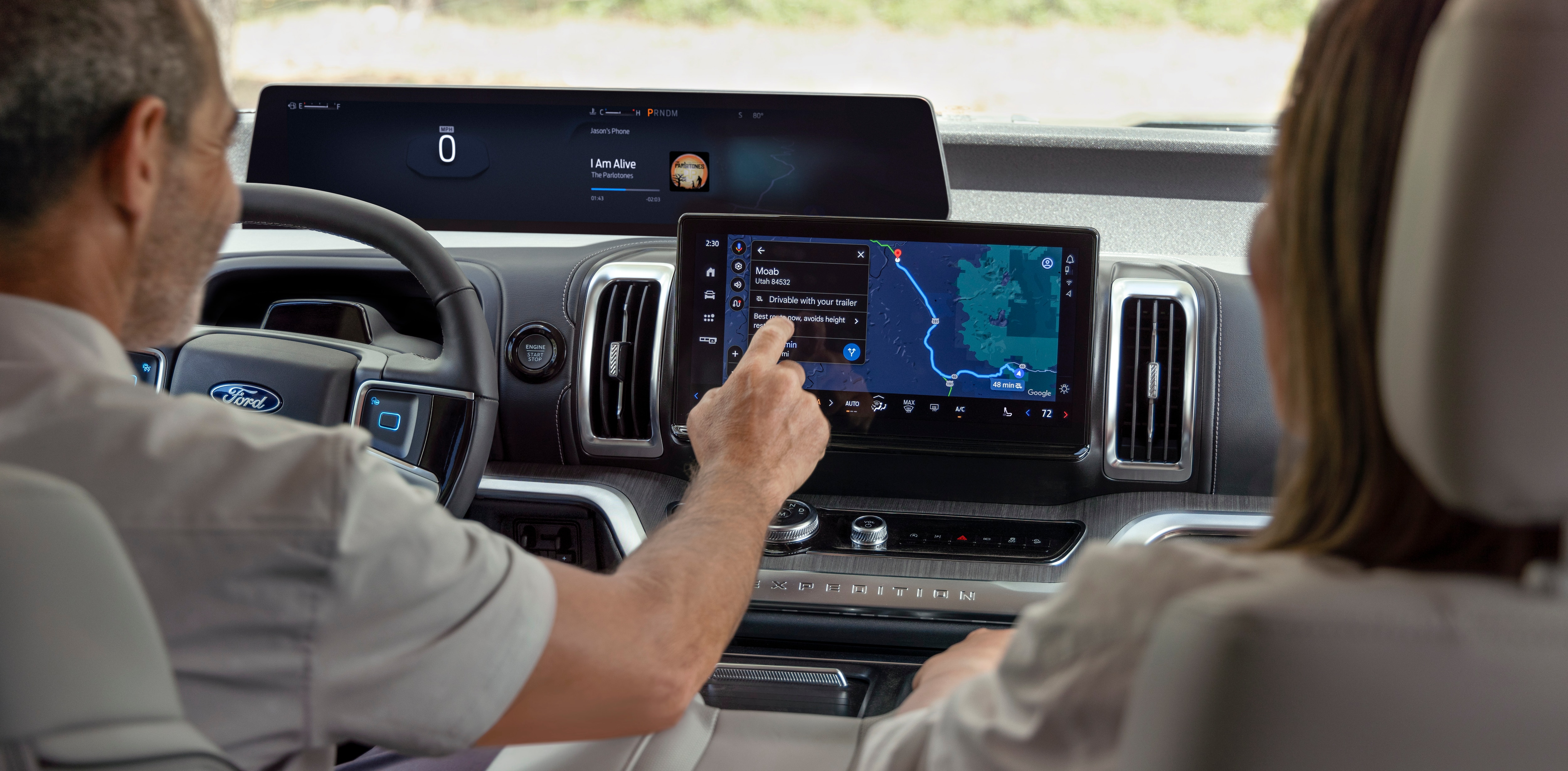
The industry trend, however, has not been so democratic: over 90% of these new architectures are exclusive to electric vehicles, many of them in companies new to the market. If Ford blindly follows this path, we will leave a sizable portion of customers behind—many of whom drive ICE and hybrid vehicles with a storied heritage.
The world has changed since automakers, including Ford, laid out plans to rapidly redesign their vehicles for an electric future. I still deeply believe that electric vehicles will be how most of us drive in the future, and continued growth in the market supports that. But adoption is slower than we believed a few years ago, and we expect many customers to transition to their electric future through hybrid technology. Every OEM with a broad set of products and powertrains will face the challenge of delivering digital experiences to all their customers.
Having a small number of core platforms is a key part of any software-driven engineering team. Without platforms, software engineers face having to re-develop the same features for different customers and vehicles. And we want our Ford digital experience to be recognizable whether you’re in a Bronco or a Mustang Mach-E or an F-150 with a snowplow attached. Having a new electrical architecture on some vehicles and a legacy architecture on other vehicles and maintaining them all at the same time, is not a good strategy for this new world.

So, here's our plan: We made the decision to take our future-state software project, which we internally call FNV4, and merge it with a program that evolves our existing architecture, called FNV3. This evolving version is called FNV3.X. We’re going to invest in and build on this architecture across a full portfolio of vehicles—not only electric vehicles and F-150s, but Mustangs, Broncos, Rangers, Transit Vans, and more.
What does a “software-defined vehicle” mean at Ford? And what does it mean for customers?
Our approach to technology starts with the utility and joy it delivers: if it can’t do that, it doesn’t belong in our vehicles. Whether it’s hands-free highway driving with BlueCruise, intelligent navigation, using your phone as a key, or our Ford Security Package to give you peace of mind, we’re integrating technology that actually makes life better, and doing it across as many of our vehicles as we can. The auto industry has adopted a term to define modern, tech-forward vehicles that are increasingly differentiated by software: Software-Defined Vehicles. The term itself is just jargon—it doesn’t mean anything to our customers because software isn’t an end in itself; it’s a means to deliver better driving and ownership experiences.
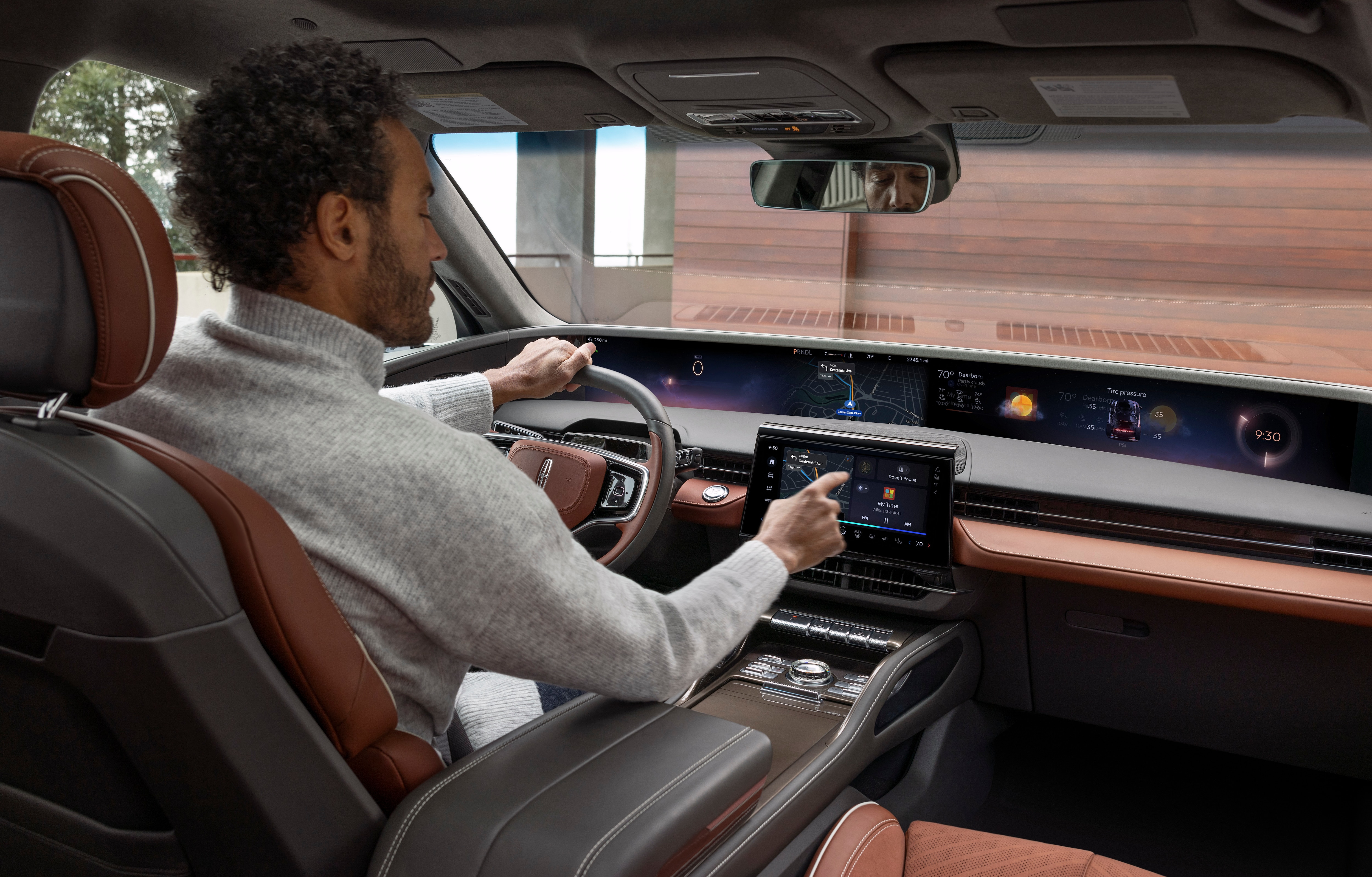
Software allows us to update vehicles quickly, enhance customer experience, and deliver improvements in vehicle quality. Software can sit in several types of electrical layouts, and in our plan, we’ll innovate within a layout that draws from our existing platform instead of building a whole new one. For example, we will be able to take our very successful Ford and Lincoln Digital Experience that we’ve launched in the Ford Explorer, Lincoln Nautilus and Navigator to many more products like Mustang, Bronco, Ranger, and F-150. We can also deploy BlueCruise capability, which we know our customers love, across that same breadth of vehicles which otherwise wouldn’t have them.
Ford’s Software Strategy
As I recently told The Verge, Ford is fundamentally different from its competitors. It's a difference we’re proud of because our more than 120 years in the automotive industry means we have a customer base unlike any other that relies on us day to day. Our customer experiences range from enjoying a Mustang convertible on a drive along the coast, running a small business with a fleet of F-150s or Transit Vans, to an extended trek with the family in a Lincoln Navigator. The FNV3.X plan will allow our software to evolve and support all of these experiences, whether it’s BlueCruise or our latest Ford and Lincoln digital experience.
What will NOT change is the pace of improvements our digital teams were pursuing in parallel with the development of FNV4:
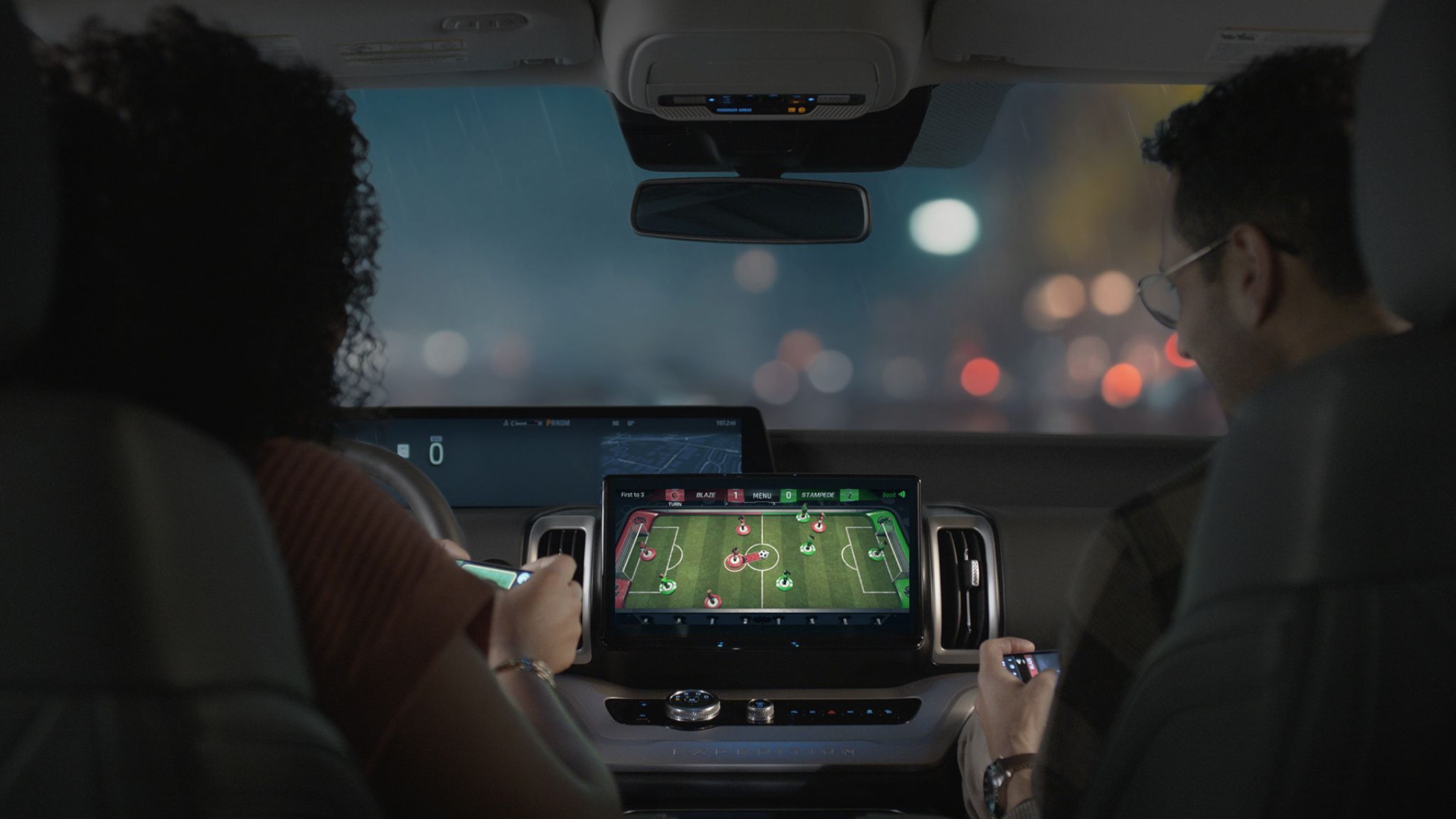
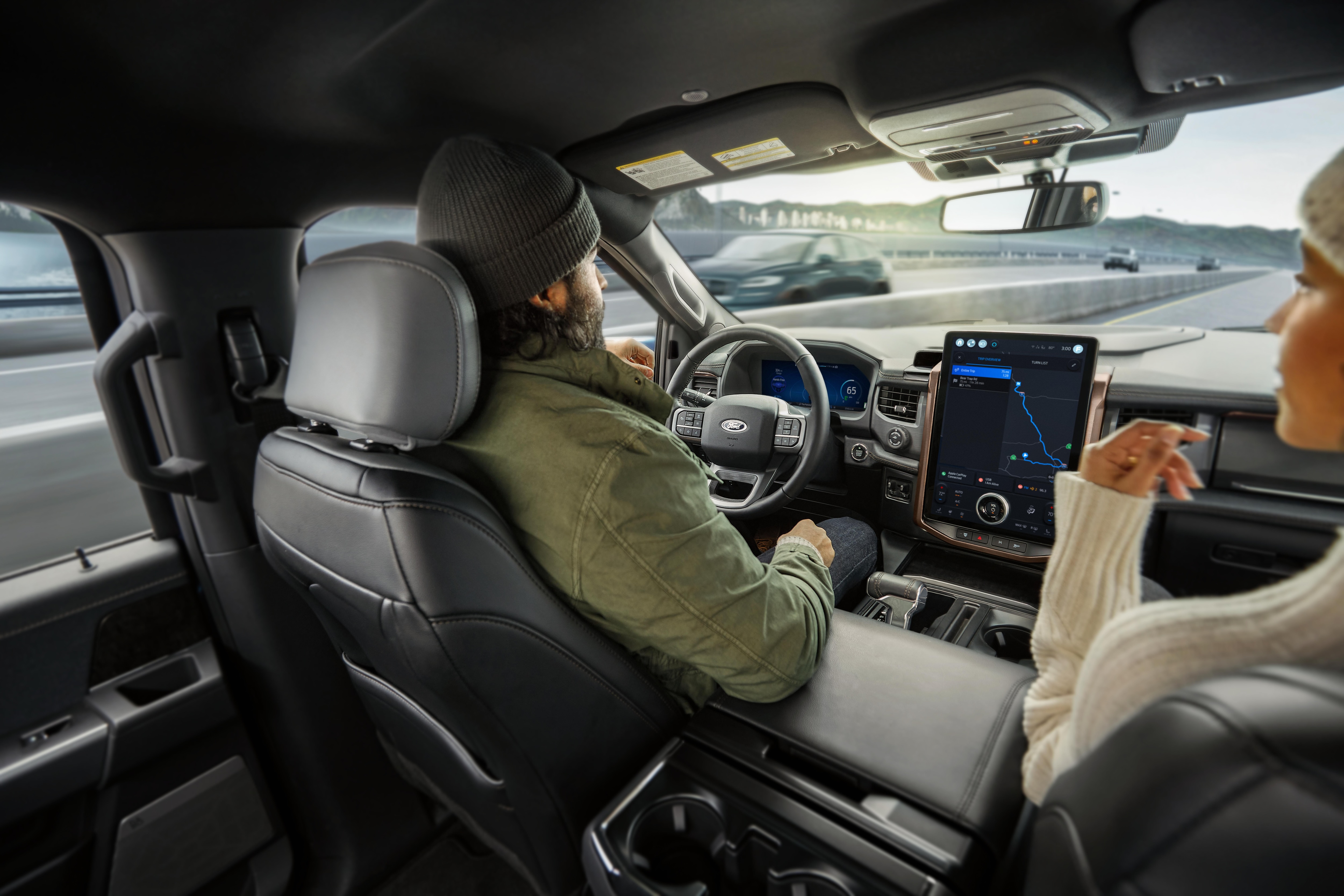
The Path Forward
Our team is unified in the conviction that this is the right path for Ford and our customers. By converging on one architecture shared across all powertrains, we can deliver the latest technology and experiences to many, many more of our customers—those who have kept Ford going for more than 120 years.
That said, we will not be on the sidelines of what can be done on a next-generation, ground-up electric vehicle. Our electric vehicle “skunkworks” project is moving full speed ahead to show what we can do when we start with a clean sheet software and electrical architecture.
Who says electric vehicles get to have all the fun? Not Ford. Our goal is simple: deliver innovation that makes life with a Ford better. Demystify it and make it easy to use for everyone. And enable personalization so every Ford feels built just for you—no matter what’s “under the hood.”
Doug Field is chief EV, digital and design officer at Ford.